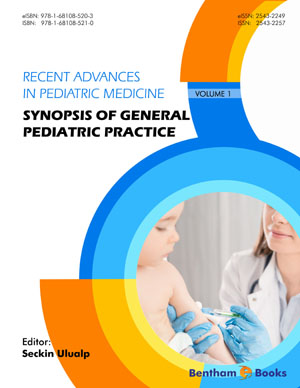Abstract
The developing human liver is embryologically central in embryogenesis. It
plays a significant role as a hematopoietic and endocrine organ. During the
development, hepatocytes change their phenotype. They vary from blueish cells to cells
with an eosinophilic nuance and decreased nucleus to cytoplasm ratio. Apart from
congenital abnormalities of this organ and inflammatory conditions that can populate
medical charts in childhood and youth, the liver's neoplastic transformation in
childhood and adolescence is a rare event. In children younger than three years, the
liver's most dramatic neoplasm is represented by the occurrence of hepatoblastoma. It
is an embryologic tumor. It retains the suffix “blastoma,” similar to neuroblastoma as
any other embryologic tumor. Hepatoblastoma originates presumably from the
primitive embryo-fetal progenitors. In this chapter, we update our knowledge of this
pediatric tumor, specifically the pathology and the treatment
Keywords: Advocacy, Anatomy, Beckwith Wiedemann syndrome, Beta-Catenin, Child, Embryology, Familial adenomatous polyposis coli, Genetics, Hepatoblastoma, Liver, Microscopy, Neoplasm, Pathology, Quality Assurance, Radiology, Simpson–Golabi–Behmel syndrome, Sotos syndrome, Trisomy 18 syndrome, Tumor, World Health Organization.








